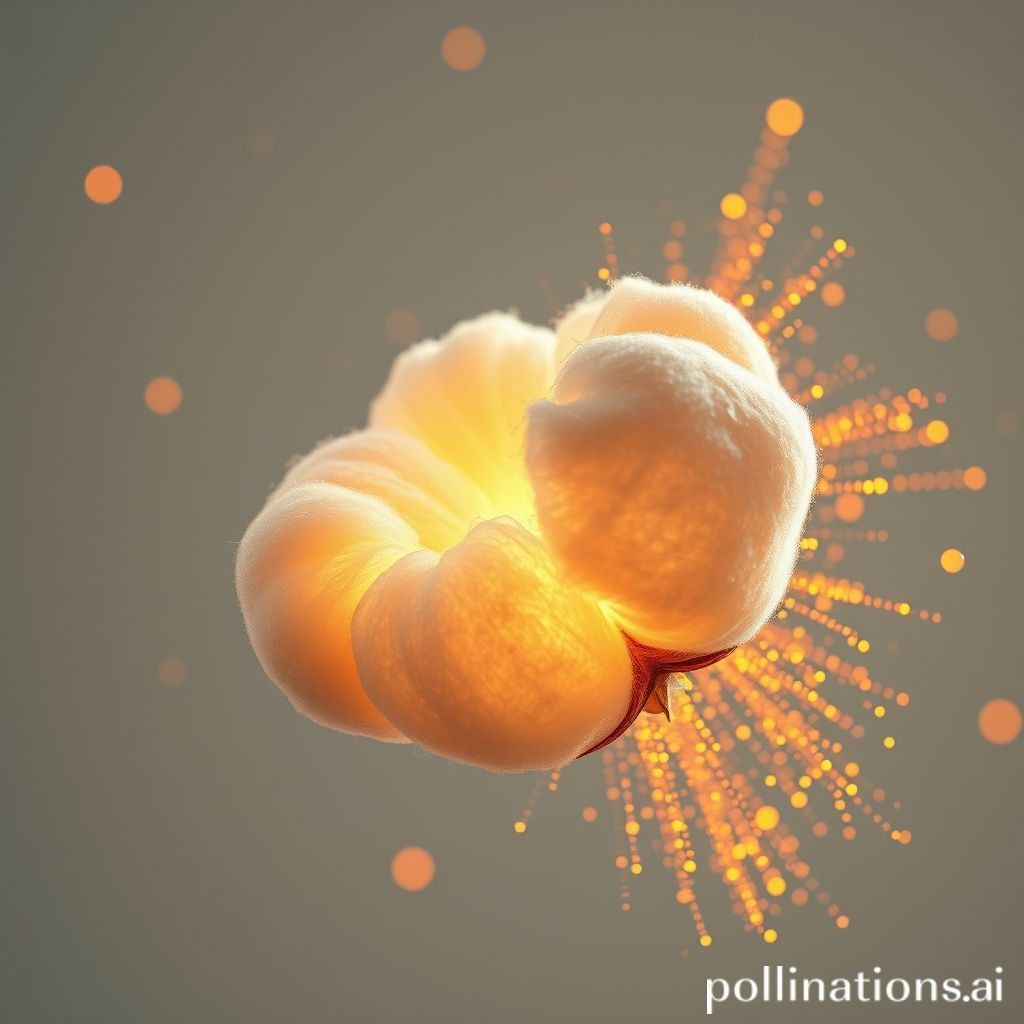Okay, folks, I have to share something I stumbled across that’s completely captivated me. I’m not usually one to get sucked into videos, but this 3D animation showcasing the process of cotton transforming into a T-shirt? Pure magic. Seriously, I’ve watched it like five times already!
The level of detail is astounding. The way the fibers twist and blend, the simulated fabric drape – it’s hypnotic. It really got me thinking about how we perceive everyday objects and the artistry that can be found in even the most mundane processes. And it makes you realize how much work goes into something as simple as the shirt on your back.
Beyond the sheer visual appeal, this animation highlights the potential of 3D simulation in various industries. Imagine being able to virtually test fabric properties before even creating a physical prototype! According to a report by Grand View Research , the global 3D animation market is expected to reach $45.78 billion by 2030, driven by increasing demand across media, entertainment, and manufacturing. Clearly, there’s a growing appreciation for the power of visual storytelling and simulation.
Plus, as we become increasingly conscious of the environmental impact of the fashion industry, these types of visualizations can play a key role in educating consumers. The Ellen MacArthur Foundation estimates that the fashion industry is responsible for around 10% of global carbon emissions, more than all international flights and maritime shipping combined (Ellen MacArthur Foundation). Understanding the journey of a simple cotton T-shirt, brought to life through 3D animation, can spark important conversations about sustainability and responsible consumption.
The article that sent me down this rabbit hole? You can find it at Creative Bloq. Check it out – you won’t regret it.
Here are my top 5 takeaways from being utterly hypnotized by this animation:
- The Power of Visual Communication: 3D animation can make complex processes accessible and engaging.
- Fabric Simulation is Next-Level: The realism achievable in fabric simulation is truly impressive.
- Education Through Entertainment: Visualizations like this can raise awareness about the complexities of manufacturing and the environmental impact of our choices.
- Industry Applications are Expanding: 3D animation isn’t just for entertainment anymore; it’s a valuable tool for design, testing, and marketing across various sectors.
- Appreciating the Ordinary: Sometimes, taking a closer look at everyday objects can reveal hidden beauty and complexity.
Frequently Asked Questions (FAQs) about 3D Animation and Cotton Production:
1. What is 3D animation?
3D animation is the process of creating moving images in a three-dimensional digital environment. It involves modeling, texturing, rigging, animating, and rendering to produce realistic or stylized visuals.
2. How is 3D animation used in the textile industry?
3D animation can be used for visualizing fabric designs, simulating garment behavior, creating virtual fashion shows, and marketing products in an engaging way.
3. What software is commonly used for 3D fabric simulation?
Popular software options include Marvelous Designer, CLO3D, and Blender, which offer features specifically designed for simulating fabric drape, texture, and movement.
4. What are the benefits of using 3D animation for product visualization?
3D animation allows for detailed product demonstrations, showcasing features and benefits in a visually appealing manner, which can increase customer engagement and sales.
5. How does cotton become a T-shirt?
Cotton fibers are harvested, cleaned, spun into yarn, woven or knitted into fabric, dyed, cut, and sewn into the final T-shirt garment.
6. What are the environmental concerns associated with cotton production?
Cotton production can involve heavy pesticide use, water consumption, and land degradation, leading to environmental pollution and resource depletion.
7. What is sustainable cotton?
Sustainable cotton refers to cotton grown using methods that minimize environmental impact, such as reducing water usage, eliminating harmful pesticides, and improving soil health. Organizations like the Better Cotton Initiative (Better Cotton Initiative) promote sustainable cotton farming practices.
8. How can consumers make more sustainable choices when buying cotton products?
Consumers can look for certifications like GOTS (Global Organic Textile Standard) or OCS (Organic Content Standard), which ensure that the cotton is organically grown and processed. They can also choose products made from recycled cotton or support brands committed to sustainable practices.
9. What is the future of 3D animation in the fashion industry?
The future of 3D animation in fashion includes personalized virtual try-ons, AI-powered design tools, and immersive shopping experiences that blur the lines between the physical and digital worlds.
10. How does 3D animation help promote sustainability in the fashion industry?
By visualizing the entire production process and its impact, 3D animation can raise awareness among consumers and encourage brands to adopt more sustainable practices, such as reducing waste and using eco-friendly materials.

